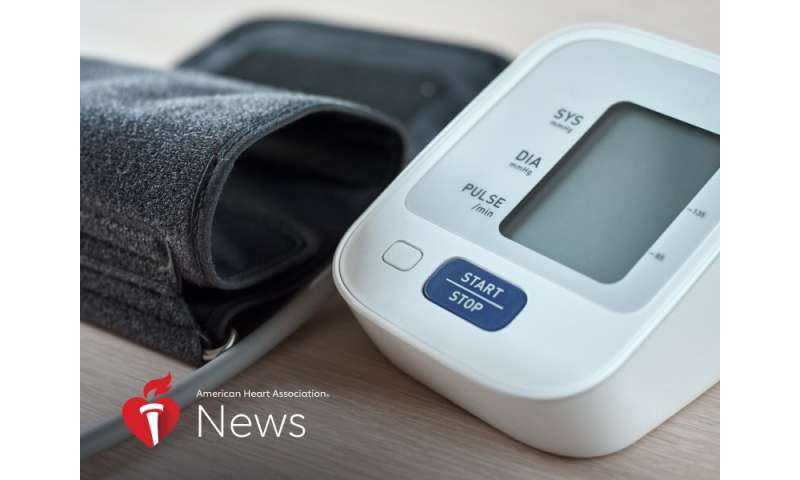High blood pressure increasingly deadly for black people

Cardiovascular deaths related to high blood pressure, often called a silent killer, continued to rise over the last two decades, according to new research, which showed stark health inequities.
Black people had a nearly twofold higher mortality rate than their white peers for hypertension-related heart disease deaths in 2018, according to the study. That year, the death rate for Black men was 206.6 per 100,000 people, compared with 117.2 for white men. The death rates were 132.7 for Black women and 81.5 for white women. That’s even after white men experienced the greatest spike during the entire research period.
The findings, published Monday in the American Heart Association’s journal Hypertension, include comprehensive estimates of deaths. Between 2000 and 2018, total annual hypertension-related cardiovascular deaths increased from 171,259 to 270,839. Death rates worsened or stagnated across race-sex groups, undoing earlier improvement, researchers said.
“Our analysis underscores how little progress has been made over the past 18 years in reducing hypertension-related mortality among Black Americans,” said Dr. Leah Rethy, co-lead author of the study and an internal medicine resident at the University of Pennsylvania. “It is crucial that we act now to identify and address the systemic racial inequalities that drive these differences in mortality.”
The method used to collect data for the study was unique because high blood pressure is infrequently listed as an underlying cause of death, said Dr. Sadiya S. Khan, the study’s other co-lead author.
More commonly, hypertension contributes to death through cardiovascular problems, such as ischemic heart disease, heart failure or stroke. Researchers gathered multiple cause of death files from the Centers for Disease Control and Prevention on people age 25 and older who died with any mention of hypertension.
Dr. Paul Whelton, who chaired the AHA and American College of Cardiology’s high blood pressure guidelines writing committee and was not involved in the new study, said analyzing death certificates provided an important look at hypertension’s effects.
“We don’t see this very often where the researchers are looking at the secondary or contributing causes,” said Whelton, a professor at Tulane University in New Orleans and the Show Chwan Health System Endowed Chair in Global Public Health. “We have made strides in improving the problem of high blood pressure, but it’s still imperfect, and we have a disparity where there are certain groups who need more targeting to get the help they need.”
Even though these are big problems for patients to tackle, Whelton said he advocates for making simple changes to improve heart health.
“You don’t have to do everything. Even small lifestyle and dietary changes are important,” Whelton said. “Every little bit helps.”
Khan, a preventive cardiologist at Northwestern University in Chicago, agrees. She suggests a mix of personal and larger-scale interventions to improve high blood pressure.
“There are probably two main avenues I would want to advocate for moving forward,” Khan said. “On an individual level, it’s essential to be proactive about knowing your numbers and being aware of your blood pressure. The other is for the medical community to find disruptive and innovative ways to help patients manage their blood pressure.”
Nearly half of U.S. adults—an estimated 116 million—have high blood pressure. It is defined as a reading of 130 or higher as the top number (systolic) or 80 or higher as the bottom number (diastolic). The percentage of people in the United States with high blood pressure increases with each decade of life.
The new study reports that despite decreases in smoking and other meaningful improvements in the 21st century to improve cardiovascular health, those benefits were offset by increases in diabetes and obesity. These health problems likely contribute to hypertension-related cardiovascular mortality rates, Khan said.
The study also calls for increased resources aimed at preventing and managing hypertension for the populations in urgent need to reduce disparities and preventable deaths.
Source: Read Full Article
